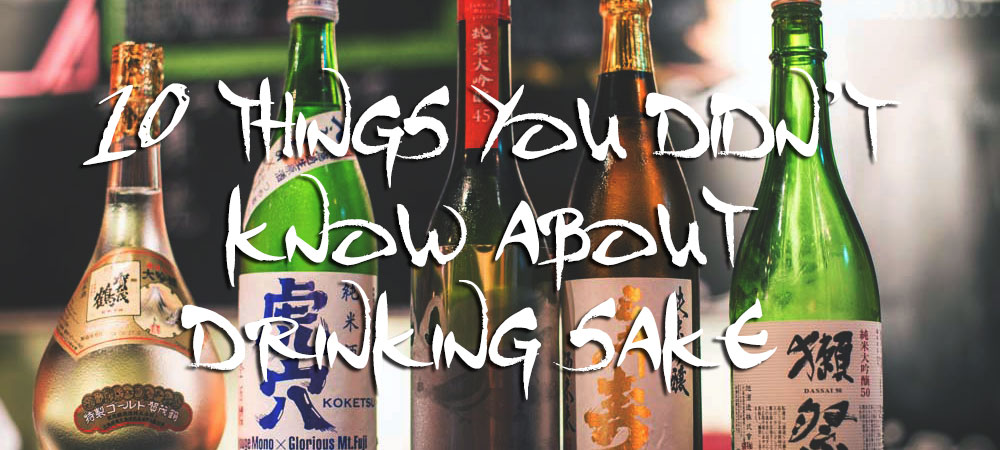
Sake (pronounced “sah-keh”), is an ever gaining popular alcoholic beverage and is also as complicated to decipher as Wine. Made from fermented rice, there are many misconceptions about Sake as well as interesting facts to appreciate it more.
Here I present to you 10 things you didn’t know about Sake (or well, at least I didn’t know before I started reasearch), which is also known as Japanese liquor 日本酒 in its country of origin.
1. In Japanese culture, once you empty your Sake glass, the host is obliged to refill your glass
You should never find yourself with an empty glass as the host will relentless fill your cup. So if you want to leave a place and stop drinking, leave that little bit of sake in your cup. In a small restaurant, if you sit by the counter bar, the restaurant owner will usually be the one pouring your fill.
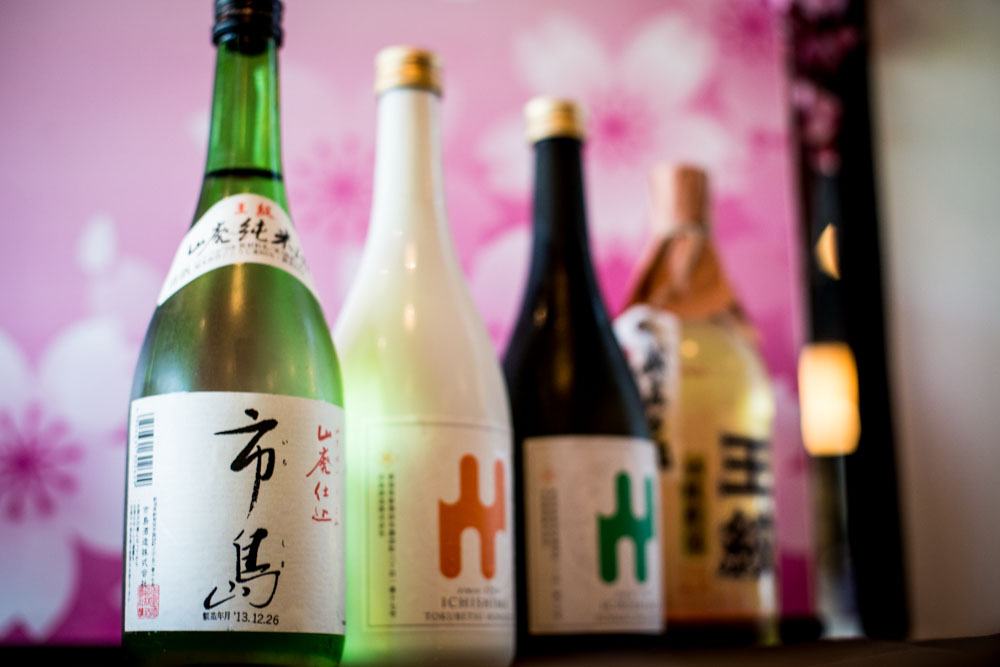
2. You do not pour your own Sake
The host will fill the guests’ cups, while its the guests’ duty to ensure the host’s cup is always full. Some other Sake pouring and receiving etiquette:
If you are higher in status than the person you’re serving (e.g. you are their boss or a senior), pour Sake for him with only one hand.
If the person serving the sake is lower in status than you (e.g. an employee or junior), you hold the cup with only one hand while having your cup filled.
Of course, these are just some of the strict etiquette in Japan which foreign countries don’t necessarily have to follow.
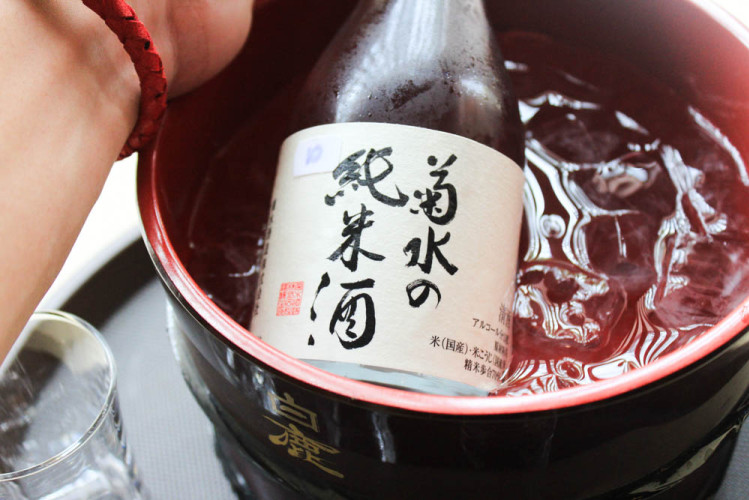
3. The sweetness, sourness and savoriness of a bottle of Sake can be found on the bottle back label
The Sake Meter Value (SMV) or nihonshu-do 日本酒度 relates to the amount of sugar in the Sake – sweeter sake will have a negative value while dryer sakes will have a positive value ranging from -10 to 15. The SMV only shows the amount of sugar though, and whether the eventual taste is sweeter or dryer also depends on the SMV balance with acidity.
Sake acidity (sourness) can be measured by the Sando 酸度 and tends to range from 0.7 to 2 with higher values indicating more sourness. Higher acidity typically cancels out sweetness, so a -5 SMV sake with say a 1.7 Sando will probably still taste pretty dry.
The last taste factor, savouriness or umami, can be measured by the Amino acid indicator Aminosan-do アミノ酸度 which ranges from 0.7 to 2. The higher the amino acid, the richer or more chewy the sake becomes.
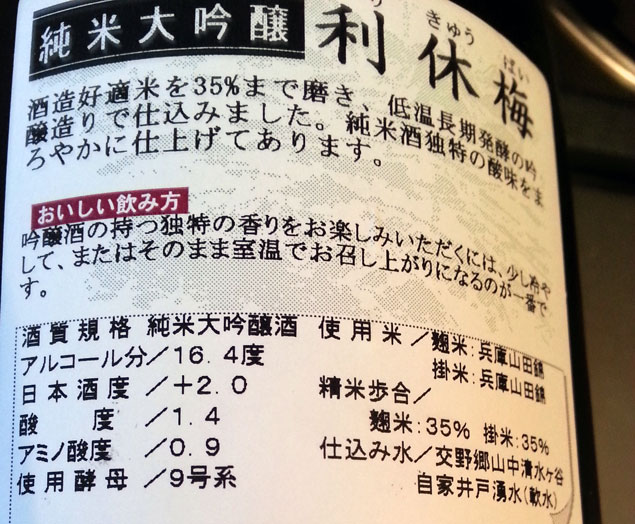
4. Different Sake are mostly designed specifically to be drunk hot or chilled.
It is a myth that only low quality sake is drunk hot. Somtimes, the Sake label also indicates the recommended temperature that particular Sake should be drunk at. In general though, the more subtly flavoured sakes are best drunk chilled.
Daiginjo Sakes are typically consumed cold as so the taste remains crisp and delicate, but if it is warmed, the taste becomes too dispersed.
Kimoto and yamahai methods of Sake brewing on the other hand produces Sake that are more acidic and robust, making it great for warming up to release a rounded flavour and blunt the sharp acidity.
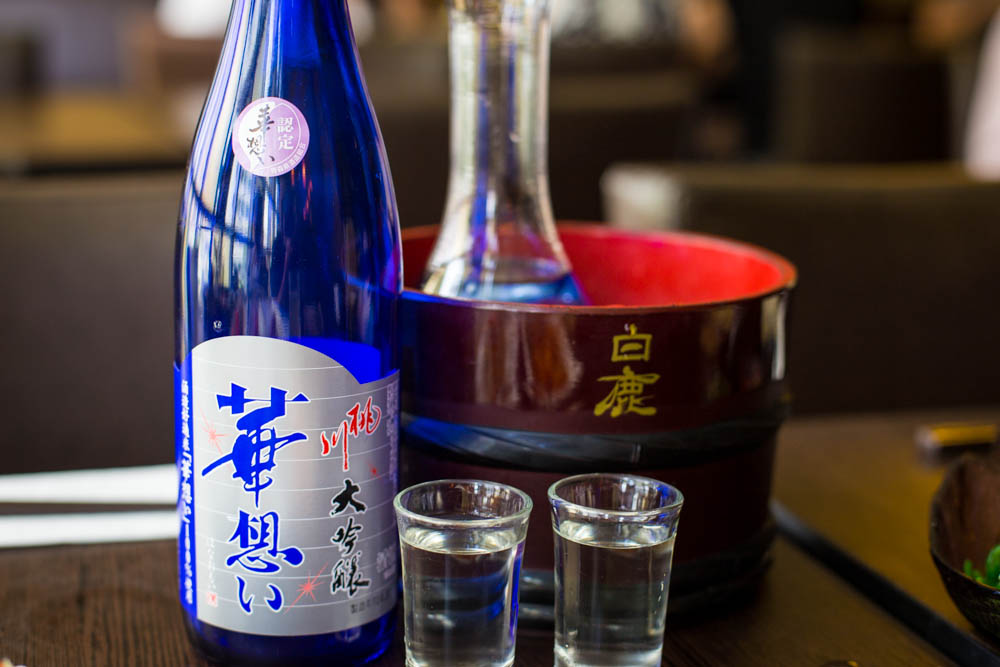
5. Different Sakes should be drunk out of different cups, not just the small ceramic cups (ochoko)
The Ochoko is probably one of the most classic and traditional ways to serve sake in, but many other cups can enhance Sake even better – the choice of vessel depends on the Sake’s aroma profile.
Chilled Daiginjos release more aroma when held in a stemmed wine glass with a bowl to swirl in, and without the hand’s heat to warm the cup.
Milder Junmais can be served in an elegant small glass to match its lighter, subtle flavours.
Heavily flavoured Sake with high impact like Koshu can be served in a sherry glass so that you can slowly sip the flavours without being overpowered.
The small Ochoko cups on the other hand, are most suited to drink hot sake from as the ceramic retains heat, keeping it warm longer.
6. The more the rice is milled down in Sake, the more expensive it is
The Daiginjo for example means that the rice grains have been milled down to have less than 50% left, but this does not promise quality, it just mean more waste was incurred and thus higher cost is needed to produce the Sake. Sakes are categorized according to how much rice was milled, ascending from Futsu-shu, Honjozo, Ginjo and Daiginjo.
Even though the Daiginjo does produce smooth and fragrant Sakes due to the low milling rate, there are many other factors that affect taste as well like the source of water. In the end it still boils down to personal preference of Sake taste profile and there are many great sakes across the classifications.
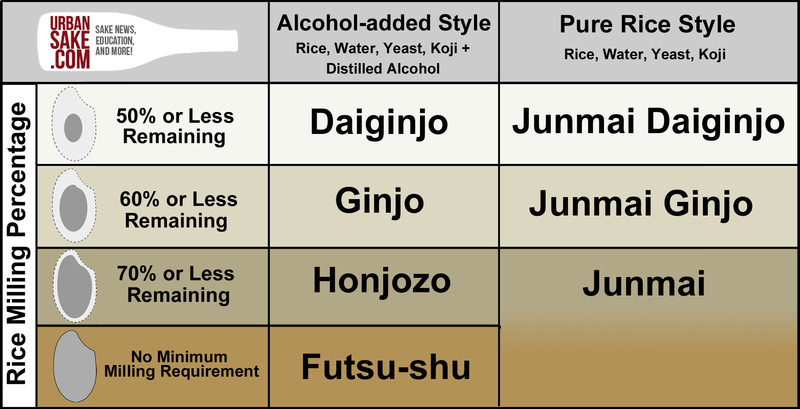
7. The difference between Aru-ten vs Junmai sake
Sakes are either Aru-ten or Junmai. Aru-ten, or Sake with added distilled alcohol was derived in World War 2 when rice was scarce, hence the government made brewers add distilled alcohol to reduce the amount of rice needed to make Sake.
A Junmai 純米 Sake basically means that all the alcohol is fermented purely from rice and no additional distilled alcohol was added.
All Sake experts will tell you no one process is more superior than the other, but the common public misconception is that Junmai Sake is more ‘traditional’ – the truth is that adding alcohol to Sake goes way back to when the brewing method was still being developed as well.
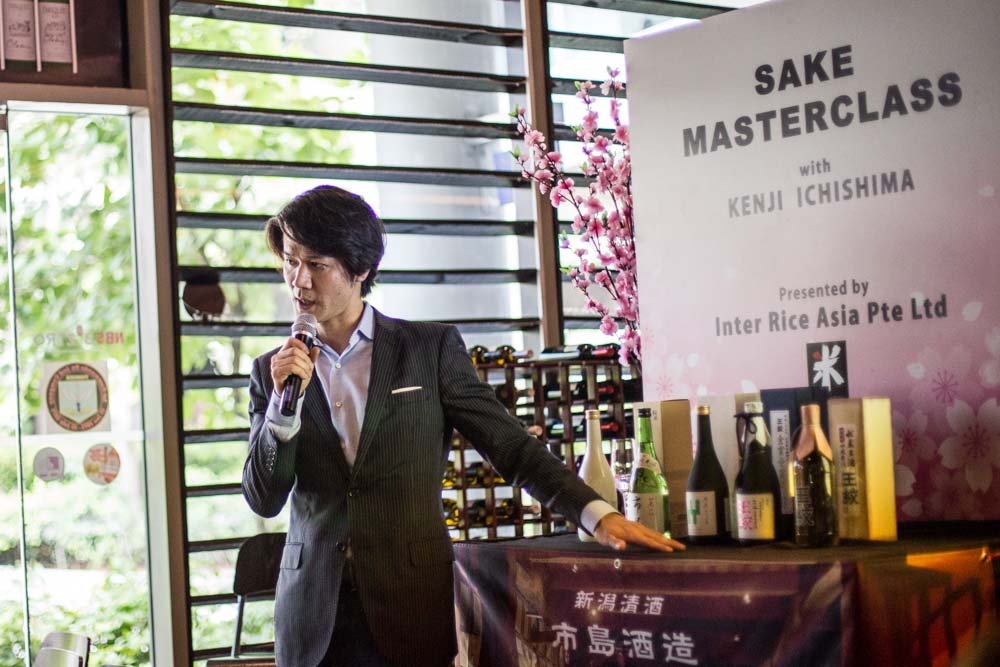
8. Sake is not a rice wine
Sake is sometimes referred to in English-speaking countries as “rice wine”. However, this is a misconception, as while alcohol (ethanol) in Wine is produced by fermenting sugar naturally present in grapes once yeast is added, the starch in rice Sake has to be first converted to sugar by the koji-kin (a type of fungus/mold), before fermentation can take place, behaving more like the brewing process of beer.
9. Sake can pair with foods other than Sushi
The Japanese have a saying: “Nihonshu wa ryori wo erabanai”, which basically means “Sake does not get into fights with food.” It is to mean that Sake pairs well with many different foods, and one won’t overpower the other.
Sakes have much lower acidity than wines and are in my opinion a lot easier to pair with foods due to their smoother easy drinking profile (this is also why they pair so well with light sashimi and sushi).
Sakes do however have typically higher levels of amino acids, which gives that savory umami flavour which can be paired with oysters for example. Heavier vinegar-based dishes also go well with Sake which doesn’t add more acidity to overwhelm the taste-buds.
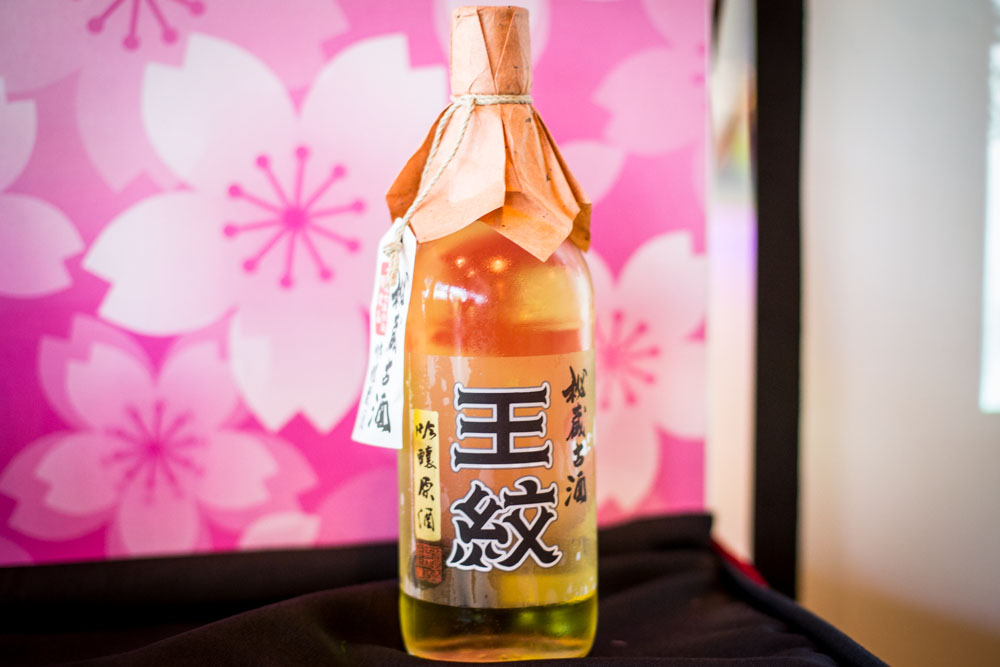
10. There is aged and sparkling Sake too
Sake is usually not aged beyond 6 months as they don’t turn out well, but there are varieties where Sake is deliberately aged called Koshu 古酒. These sake turn yellow and acquire a honeyed and very distinct powerful flavour. Some are even aged in wooden cedar barrels, but the wood imparts a rather pungent flavour and most premium sakes will avoid it.
The Japanese innovation to match champagne, sparkling Sake was originally brewed specifically to allow Formula Nippon race car drivers to spray Junmai Daiginjo at the winner’s podium. Usually lighter in alcohol, this newer variation of Sake is starting to make an appearance at many glam parties and events world-wide.
———–
Looking for some premium Sakes? Check out Inter Rice Asia, a wholesaler of premium sakes in Singapore. You can contact them at 6296 0073 or browse through their online Sake catalog to make purchase.






